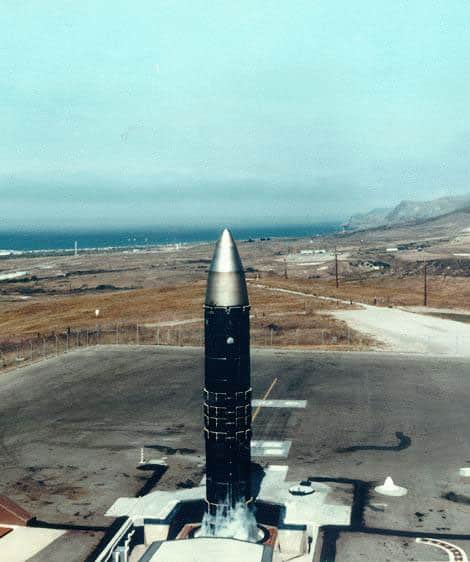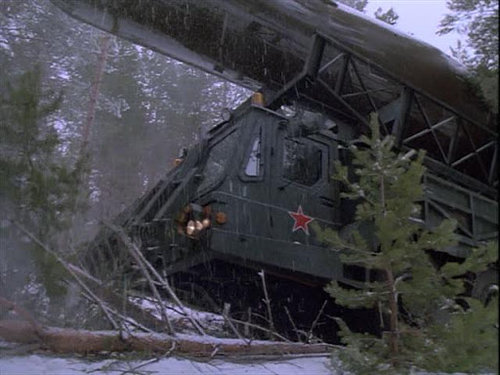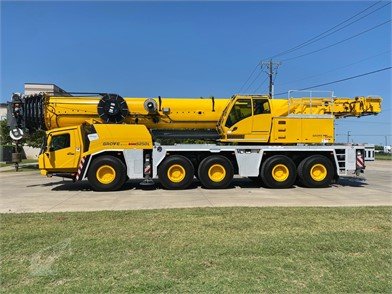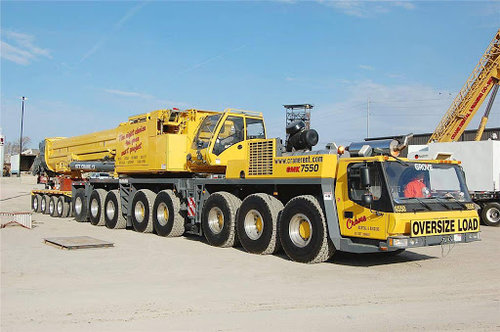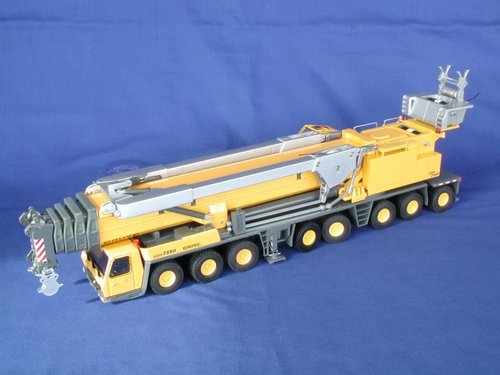marauder2048
"I should really just relax"
- Joined
- 19 November 2013
- Messages
- 3,157
- Reaction score
- 926
The microsecond clock issues and time-on-target aspect wasn't that difficult to overcome for an attacker. You didn't need great
accuracy just big 25 Megaton warheads which the SS-18s could launch and microsecond accuracy clocks.
The big issue for Dense Pack is that was especially vulnerable to soft landers or earth penetrating warheads.
accuracy just big 25 Megaton warheads which the SS-18s could launch and microsecond accuracy clocks.
The big issue for Dense Pack is that was especially vulnerable to soft landers or earth penetrating warheads.

